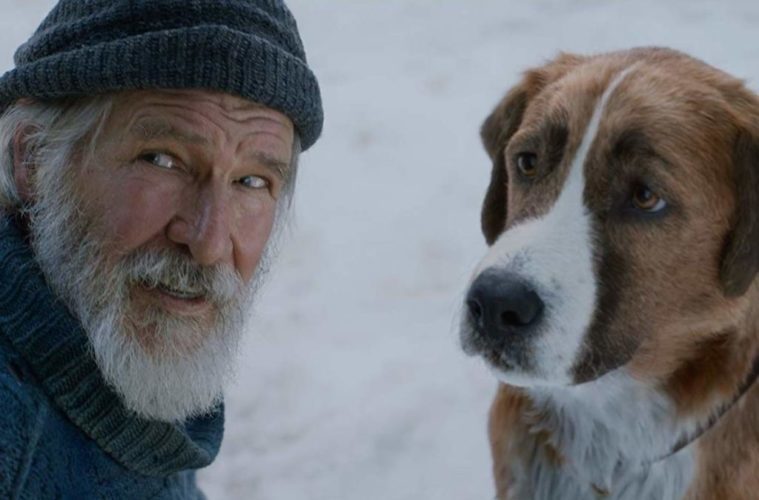The Call of the Wild proves that you can teach an old dog new tricks. Thanks to a cute puppy and charming characters, Jack London’s classic novel, which has translated poorly to the big screen thus far, finally comes to life here. And it’s mostly thanks to CGI.
Yes we’ve seen this plot countless times, ever since the book, The Call of the Wild, was published in 1903. Since then, there have been dozens of both film and literary adaptations, dating as far back as a silent version in 1923. Wild has been tackled by actors such as Clark Gable and Charlton Heston, and its influence can be seen everywhere. Kids still read it in school. Hemingway and Dos Passos were inspired by it at an early age. And we wouldn’t have movies like Old Yeller, Marley & Me and A Dog’s Purpose without it. So why did it take 117 years for a film to finally capture London’s waggish wit?
In this film’s case, technology makes it possible. Buck, the book’s beloved canine hero, is a product of motion-capture-work. He’s the size of two dogs combined, and his stomach makes him a prisoner of his own instincts. When dog-nappers tempt him with food, Buck licks his digital chops, then follows the scent. These baddies take him to Alaska, where he’s sold to a local mailman, Perrault (Omar Sy), who leads a pack of sled dogs. Through dense forests and empty tundras, past avalanches and herds of deer, Buck guides his crew and the audience in thrilling chase sequences that make the most of the $125 million budget.
The whole film is a joyride. Produced by 20th Century Studios — Disney’s new label for 20th Century Fox — The Call of the Wild is more concerned with entertaining the whole family than exploring London’s themes of nature vs. civilization. But that’s OK. Because Buck is so adorable, and civilization here is so amiable, you’ll be happy to go along for the ride.
Things really start picking up when Buck meets John (Harrison Ford). An old mountain man with a beard the size of Mount McKinley, John spends his days drinking in the wilderness, helping others whenever he can. One day that means saving Buck. When a Gold Rush prospector named Hal (Dan Stevens) buys Buck, sending him and a pack of dogs across thin ice, John comes to the rescue, saving our bleeding hero from drowning. It’s a cute ice breaker that leads to a captivating bromance.
“How do you feel about an adventure?” John asks Buck. The two are stargazing, and as Buck watches his new friend play harmonica, we know what his answer would be if he could talk. Of course Buck wants to go; he would go anywhere with John. So, they venture through spellbinding, photorealistic landscapes.
It feels like a leash has been taken off the audience when they explore Alaska’s mountaintops. Cinematographer Janusz Kaminski captures Buck and John’s liberation for the viewer quite deftly. By shooting from Buck’s point of view — low angle shots on a gyroscopic camera — we feel as if we are right there with him. One memorable scene sees the two canoeing down a river. With a school of fish swimming below and a flock of eagles soaring above, the camera cuts to Buck’s POV, staring up at sunny skies.
Not everyone will admire the CGI, though. Some have complained about the filmmaker’s lack of pet actors, which is shortsighted. Considering the backlash Disney would have received if they used a real dog — making it swim down waterfalls and under icebergs — the use of digital effects seems like the right call here. Sometimes director Chris Sanders (How to Train Your Dragon) plays it safe where he shouldn’t have, though. His dogmatic way of thinking confines him to some eye-rolling Disney tropes. But the pros outweigh the cons. And thanks to dazzling effects and soulful characters, this version of the classic runs at the head of the pack.
Advertising disclosure: We may receive compensation for some of the links in our stories. Thank you for supporting Irvine Weekly and our advertisers.

